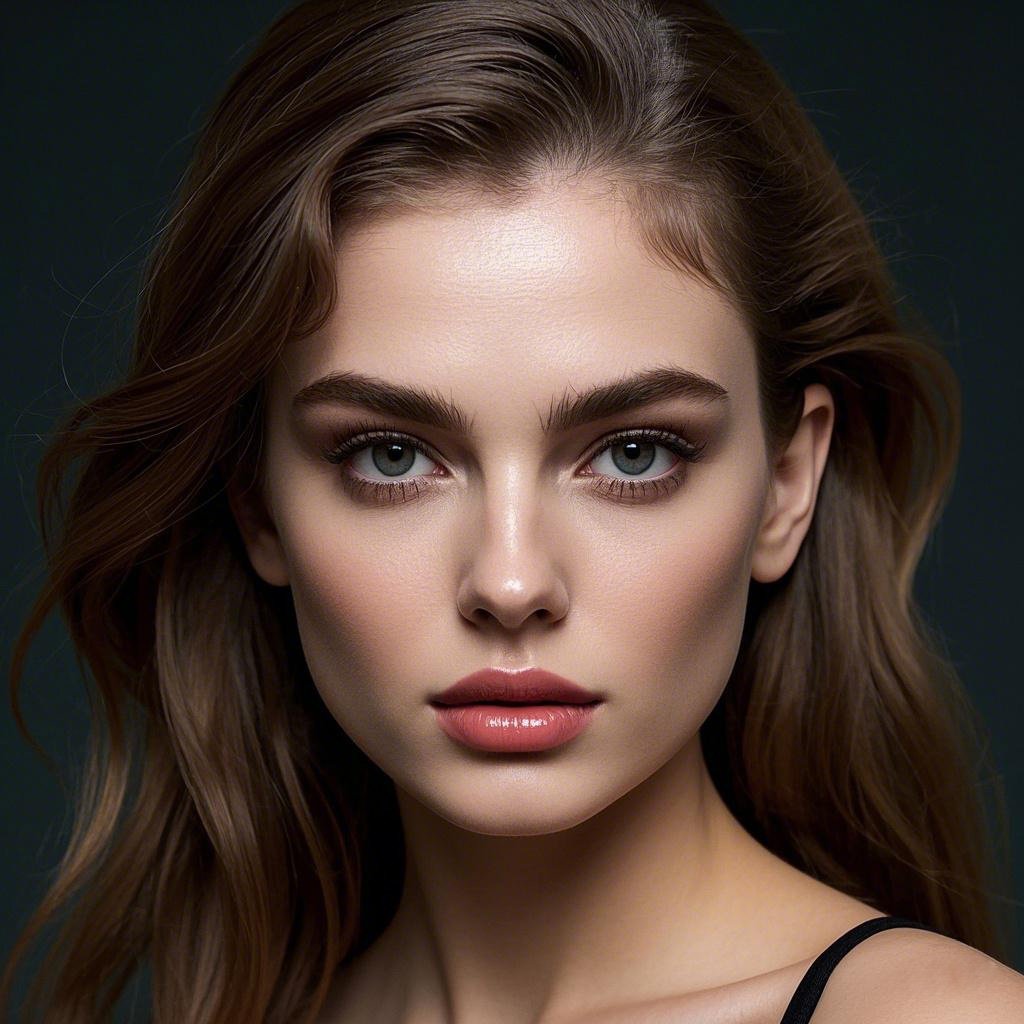Sophia Louise Taylor
2024-09-15

Fake eyelashes, also known as false lashes, are a popular beauty accessory used to enhance the length, volume, and overall appearance of natural lashes. These lashes can be the perfect finishing touch for a glamorous evening look or a simple everyday enhancement. However, many people are curious about the materials that make up fake eyelashes and how they differ from one another. Understanding what fake eyelashes are made of can help consumers make informed decisions when choosing the right product for their specific needs, whether it’s for comfort, durability, or aesthetics.
Synthetic lashes are among the most common types of false lashes available on the market. They are made from a variety of man-made materials, such as plastic or polyester, which are designed to replicate the look of natural eyelashes. These lashes tend to have a more rigid, uniform appearance compared to other types of lashes but offer excellent durability and hold.
Silk lashes are a popular alternative to synthetic lashes for those seeking a softer, more natural look. Despite their name, silk lashes are not made from actual silk fibers but rather from a lightweight synthetic material that mimics the smoothness and sheen of real silk. These lashes have a luxurious, soft texture, which makes them feel more comfortable and lightweight compared to synthetic fibers.
Mink lashes are often considered the gold standard in false eyelashes due to their soft, natural appearance and luxurious feel. These lashes are made from the fur of minks, typically sourced from ethical farms where the animals are not harmed. Mink lashes are lightweight, fluffy, and flexible, providing a natural, airy look that is difficult to replicate with synthetic materials.
Faux mink lashes are designed to mimic the softness and appearance of real mink fur but are made from high-quality synthetic materials. These lashes aim to provide the luxurious feel of mink lashes while offering a cruelty-free and more affordable option. Faux mink lashes have become increasingly popular due to their ability to deliver a natural yet voluminous look without the ethical concerns associated with animal-derived products.

How Often to Clean:
The frequency of cleaning depends on how often you wear your lashes and how much makeup you use. Ideally, you should clean your lashes after every use, or at least every other use, to prevent buildup and maintain hygiene.
By following these simple steps and tips, you can keep your false lashes clean, hygienic, and in excellent condition for multiple uses. This will not only save you money but also ensure the health and safety of your eyes.
Human hair lashes are made from real human hair that has been processed and sanitized for use in eyelash extensions or falsies. These lashes provide a very natural, soft appearance and are often favored for clients who want the most natural-looking lashes possible. Human hair is lightweight, flexible, and offers a slightly more natural curl compared to synthetic fibers.
While synthetic, silk, mink, faux mink, and human hair are the most common materials used in the production of fake eyelashes, there are also a few other options available:
Fake eyelashes come in a wide variety of materials, each offering unique benefits depending on your preferences for comfort, durability, and natural appearance. Whether you choose synthetic, silk, mink, or human hair lashes, understanding the differences between these materials can help you make an informed decision that best suits your desired look and lifestyle. By choosing the right lashes for your needs, you can achieve the perfect lash enhancement while ensuring comfort, longevity, and a beautiful, natural result.
©2025. Becoda. All Rights Reserved.